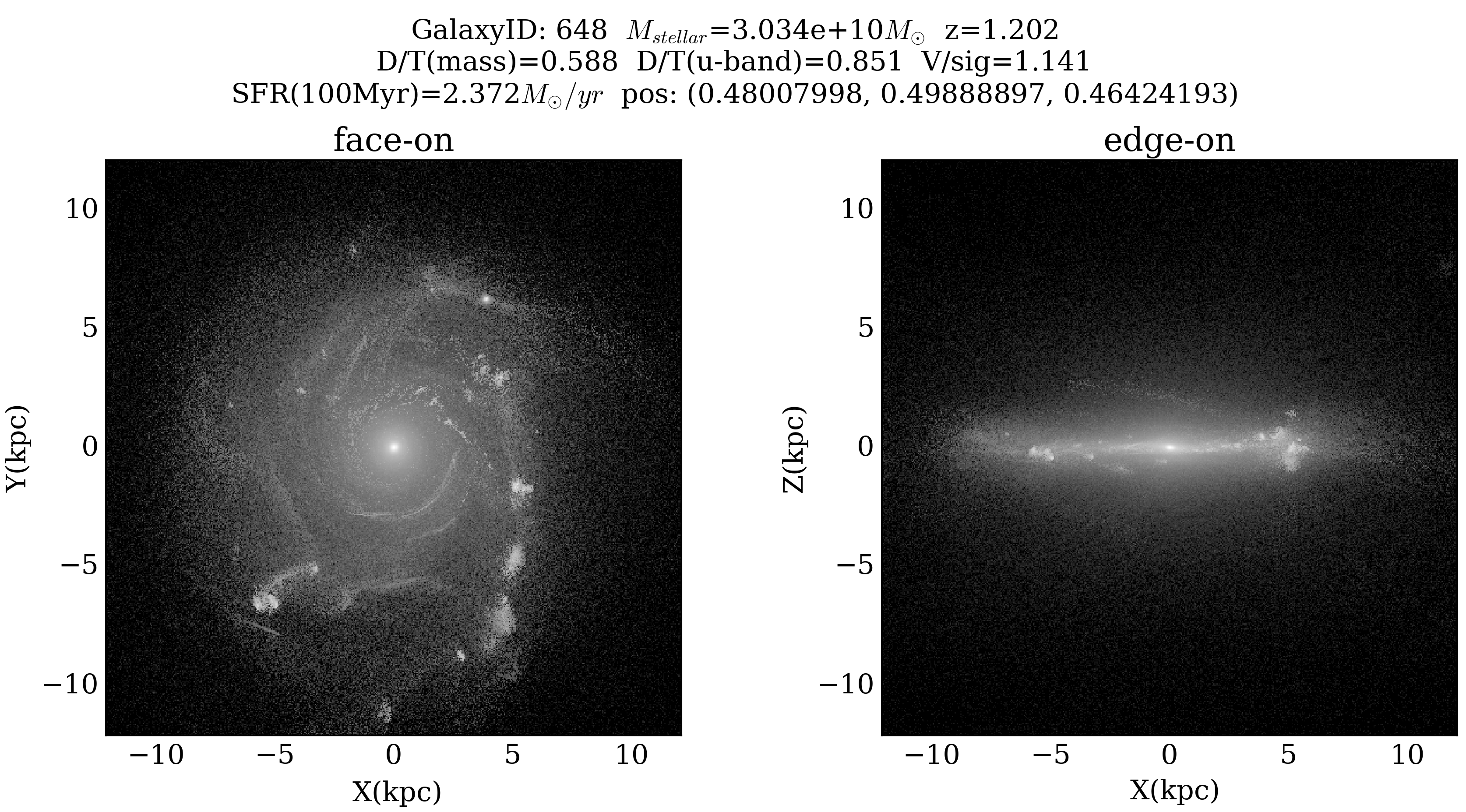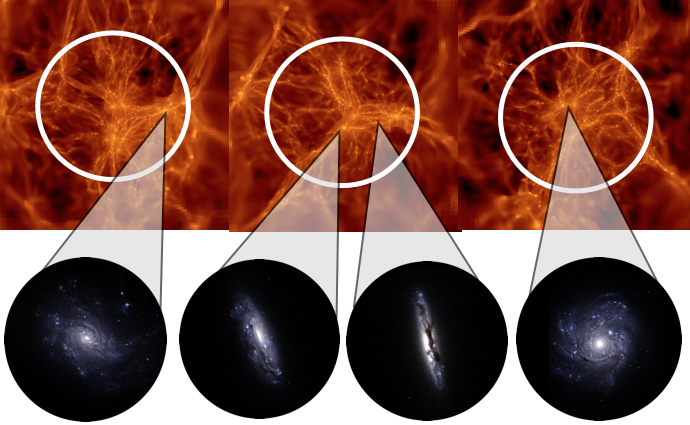Galactica
GALACTICA: the Milky Way in its cosmic environment

Up until now, most computer simulations of the formation of our Milky Way galaxy model describe only its invisible dark matter component and do not reproduce its present-day local neighborhood (e.g. the Andromeda Galaxy, the Large and Small Magellanic Clouds). These simplifications are dangerous for the following reasons. Making statements about the observed Milky Way based on a dark matter only simulation is fraught with assumptions since the visible light comes primarily from stars forming through complex, poorly understood magneto-hydrodynamical processes. Indeed there is no simple recipe to associate stars to a dark matter halo. A simulation that follows the evolution of dark matter, gas and its transformation to stars is the best guide available for this problem. Furthermore pretending that the environment of a galaxy has no influence on its life story runs counter to the current paradigm of galaxy formation: galaxies form through interactions with other galaxies in a complicated cosmic web. To make a step-change in understanding how the Milky Way formed, we are preparing the “GALACTICA” simulation.
This state-of-the art simulation will produce as many stars as are predicted to be observed with the GAIA satellite, providing a means to interpret the observations. Furthermore by more realistically modelling the contents of the Milky Way, it should give a better estimate of the dark matter velocities and densities necessary for making predictions for indirect detection experiments of dark matter. Generating a realistic environment for the Milky Way will also be invaluable for making predictions for what the spectrograph on the Hubble Observatory should see along different sight-lines probing interstellar space.
The motivation for generating such a simulation is two-fold: (i) to understand the mechanisms of galaxy formation for a fair fraction of the age of the universe; (ii) to prepare the running (GAIA, Muse) upcoming 4MOST, WEAVE surveys. Indeed, the simulation will produce a commensurable number of stars to what will be measured by that GAIA. It will therefore be straightforward to generate virtual observables from this simulation. GALACTICA will allow us to resolve the scale height of the thin disc, to model the direct detection of dark matter substructures within the solar neighbourhood, to study the effect of tidal disruption and tidal tail detection, and to select satellite luminous dwarf galaxies in the halo.






